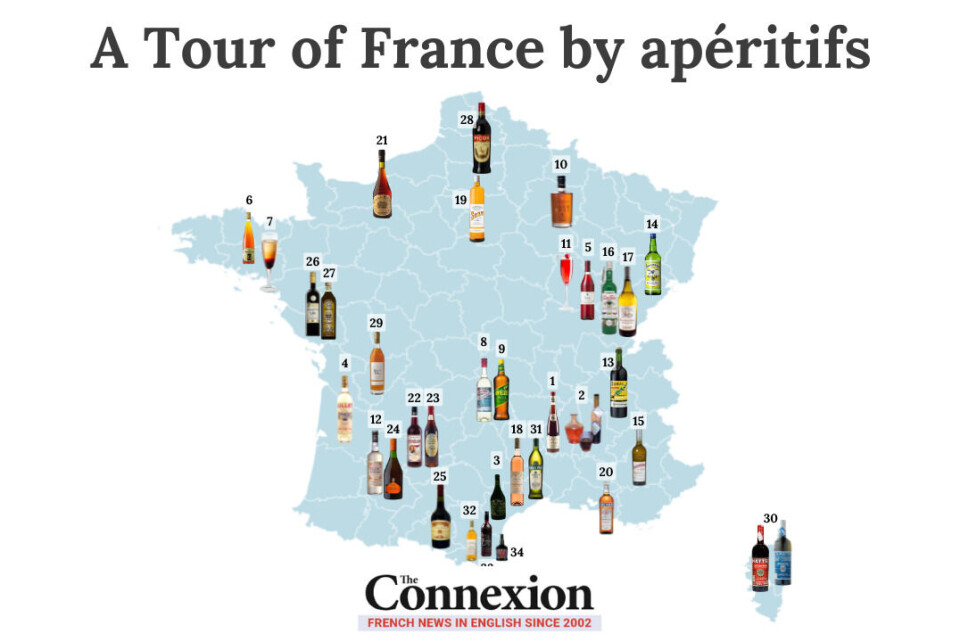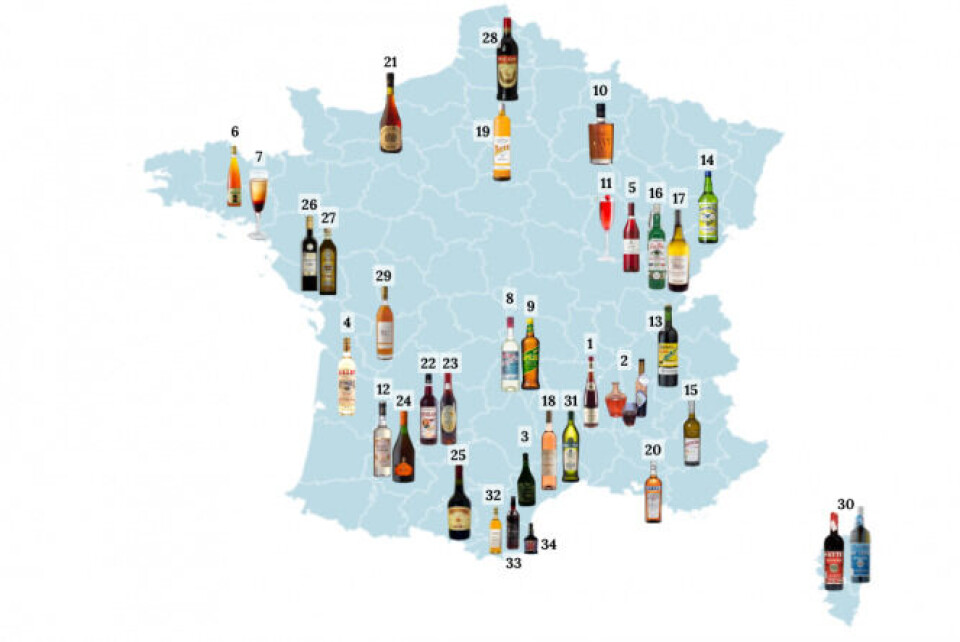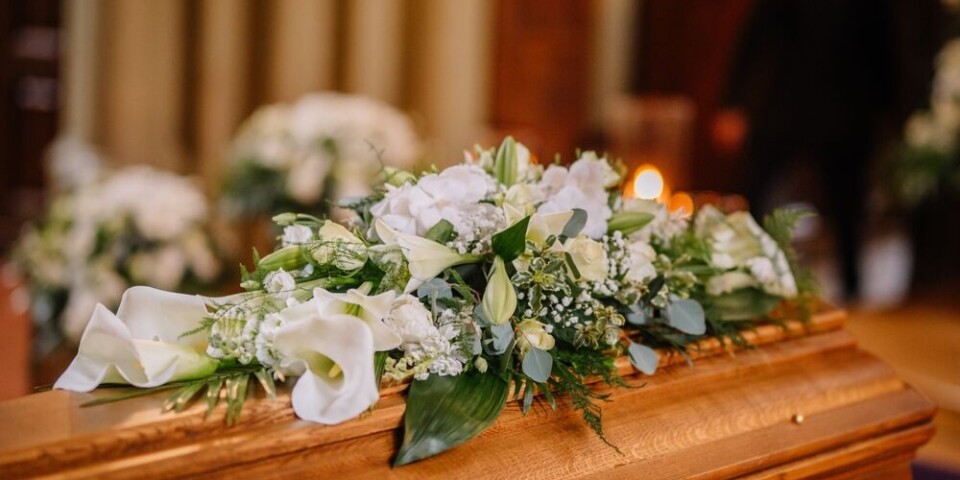-
Nestlé baby formula recall: French authorities criticised over response time
One infant died after drinking the formula although no causal link has officially been identified
-
Must restaurants serve you free tap water in France?
There are several rules surrounding beverages in French restaurants
-
Egg shortage in France: Where to find them and when they will return
Shortages are set to continue, with a minister blaming ‘restrictive laws’ on chicken coops
Map: our tour of France by local apéritif
Apéritifs actually started out as medical drinks and were popular in the 19th century among soldiers struggling with malaria in Africa

France’s love affair with apéritifs - drinks, very often alcoholic, that are usually taken before a meal - stretches back centuries.
There are many different types and brands that all have unique histories.We have charted some of these in our map and list here. The map shows where the apéritif originates or where it is popular.
The list was put together using a combination of research and suggestions from our readers. If you know of other drinks we can add, please let us know at news@connexionfrance.com
Use the table below (two pages) to see more details.
Map of apéritifs. Pic: The Connexion
History of the apéritif

The word apéritif comes from the latin word ‘aperire’, meaning ‘to open’ and refers to the opening of a person’s pores to let out toxins.
This is because apéritifs originated as a medicine, rather than a drink.
Denis Diderot’s Encyclopédie of 1751 defines the word as: “A medicine that opens up the [body’s] channels of elimination”.
It took almost 150 years for them to become the more social drink that they are today.
During much of the 18th century, apéritifs were far more popular in Italy than they were in France, Didier Nourrisson, author of the book ‘Une histoire du vin’, told Radio France.
The first French apéritifs originated in Savoie, using the abundance of local plants and herbs.
Then, in 1811 in Hérault in the south of France, Joseph Noilly began to mix herbs from the Pyrenees and Languedoc areas with local wine. This led to the creation of the now famous vermouth, today called Noilly Prat.
Another Joseph, Joseph Dubonnet, took the apéritif culture further when in 1846 he had the idea of creating a wine to combat malaria. This was around the beginning of France’s colonial campaigns in northern Africa, and the French troops were suffering from the hordes of mosquitoes there.
He created a wine from the bark of cinchona trees, which is rich in quinine, a natural antimalarial agent. It ended up having a bitter taste but worked to bring down fevers caused by malaria.
This led to other “apéritifs” being adopted by the French military, whose consumption of the drinks boosted their popularity.
It still took several more decades, though, before the apéritif transformed into a social, pre-meal drink.
In the Guy de Maupassant novel The Left Hand (La Main gauche), published in 1889, there is a line that shows the drink’s evolution:
“The two young people were sitting in front of a large café on the boulevard drinking liqueurs mixed with water, those apéritifs that look like infusions made with all the shades of a watercolour paint box.”
Mr Nourrisson said this marked a full transition of the drink away from being a medicine and towards being something fashionable.
“The myth and the ritual of the aperitif about being seen. The important thing is to be together, and to be seen by others,” he said.
Related articles
French still love to apero but with no- or low-alcohol wine and beer
How to read French wine labels - Château, Chablis and chardonnay
France is country where alcohol is drunk the most often, poll finds
























